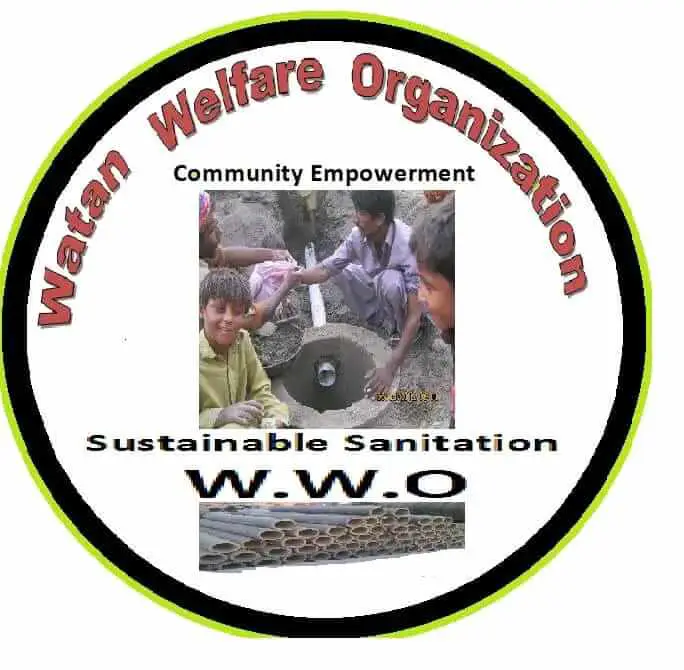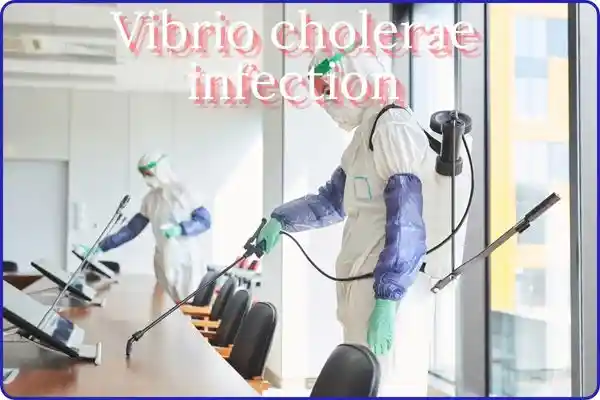Vibrio cholerae infection
Vibrio cholerae infections on rise
Overview of Vibrio Cholerae Infection
Vibrio cholerae is the bacterium responsible for cholera, an acute diarrheal disease that can lead to severe dehydration and death if left untreated. The infection is primarily transmitted through the consumption of contaminated food or water, particularly in areas with poor sanitation and limited access to clean drinking water. Cholera has long been a public health concern in regions facing water insecurity, overcrowding, and poor hygiene practices.
According to the World Health Organization (WHO), cholera remains a global threat, particularly in low-income countries. Outbreaks of this preventable and treatable disease have seen a resurgence in recent years due to a combination of environmental and socio-economic factors.
Causes of Vibrio Cholerae Infection
Vibrio cholerae infection is primarily caused by the ingestion of food or water contaminated with the Vibrio cholerae bacterium. Several key factors contribute to the spread of the disease:
- Contaminated Water: The most common source of Vibrio cholerae infection is water contaminated with human feces due to poor sanitation and improper sewage disposal. This is especially prevalent in areas lacking access to treated drinking water.
- Food Contamination: Food, especially seafood like shellfish, can become contaminated if prepared with or washed in unsafe water.
- Inadequate Sanitation: Poor sanitation, including lack of access to clean toilets and proper waste disposal, allows cholera bacteria to thrive in the environment, making it easier for the infection to spread.
- Poor Hygiene Practices: In areas where hygiene practices such as handwashing are neglected due to limited resources, the likelihood of cholera transmission increases dramatically.
- Environmental Factors: Flooding, heavy rains, and climate change can cause water contamination, contributing to the growth and spread of Vibrio cholerae infection in affected areas.
Prevention of Vibrio Cholerae Infection
Preventing cholera revolves around improving sanitation and ensuring access to safe drinking water. Key preventive measures include:
- Access to Safe Drinking Water: Providing clean, treated water is the most important preventive step in reducing cholera transmission. Boiling, chlorinating, or using water purification systems can help in areas where access to treated water is limited.
- Proper Sanitation and Waste Disposal: Constructing and maintaining proper sewage systems and ensuring sanitary waste disposal can prevent contamination of water sources.
- Hygiene Education: Educating communities on the importance of handwashing with soap, food safety, and hygiene practices is critical in preventing cholera outbreaks.
- Vaccination: Oral cholera vaccines (OCVs) are available and can provide temporary protection in high-risk areas. Mass vaccination campaigns in endemic regions can help prevent large-scale outbreaks.
- Improved Food Safety Practices: Ensuring that food is prepared with clean water and cooked thoroughly, especially seafood, reduces the risk of contamination.
Environmental Sustainability and Cholera Prevention
Sustainable environmental practices play a key role in combating cholera outbreaks. By addressing the environmental factors contributing to the spread of Vibrio cholerae, we can create long-term solutions for cholera prevention.
- Sustainable Water Management: Implementing water conservation techniques and investing in sustainable water treatment infrastructure can ensure that communities have long-term access to safe drinking water. Rainwater harvesting and community-led water filtration systems are examples of sustainable water management practices that can prevent cholera.
- Eco-Friendly Sanitation Systems: Building environmentally sustainable toilets and sewage treatment plants can reduce water contamination. Waste recycling and composting initiatives can also help ensure that human waste is disposed of in a safe and environmentally friendly manner.
- Climate Change Mitigation: Cholera outbreaks are often exacerbated by extreme weather events such as floods, droughts, and cyclones, all linked to climate change. Investing in climate resilience, such as flood control systems and improved drainage, can prevent cholera outbreaks by keeping water sources clean and uncontaminated.
- Community-Based Solutions: Local communities can take ownership of water and sanitation management by adopting sustainable practices and building low-cost, eco-friendly infrastructure. Engaging communities in awareness programs also promotes behavioral change towards hygiene and environmental sustainability.
Conclusion
The Vibrio cholerae bacterium remains a persistent global health challenge, driven by environmental, social, and economic factors. While short-term solutions like vaccination and immediate access to treatment are crucial in curbing cholera outbreaks, long-term success depends on sustainable sanitation practices, access to clean water, and climate change mitigation.




